All about large-fruited hawthorn

Large-fruited hawthorn - a shrub or small tree - belongs to the pink family. The plant has a second name - paradise apple. The homeland of the large-fruited hawthorn is the southeastern part of the United States. In Russia and some other countries, hawthorn is cultivated. It is used as a decorative decoration of a personal plot, as well as for the purpose of obtaining healthy and tasty fruits. Jam, syrups, jams and jellies are made from them. Besides, almost all parts of the plant (flowers, fruits and leaves) are used to create medicines.
Types and their description
More than 1000 species of hawthorn are known to science. Only 40 of them grow on the territory of Russia. Almost all are low shrubs, reaching a height of no more than 5 m. Flowering occurs in May-June, the inflorescences can be pink or white, have a specific smell. The fruits are quite large.


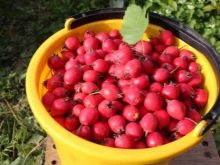
Let's list the most common species of large-fruited hawthorn growing in Russia.
-
Oriental. The shrub reaches a height of 6 m. A distinctive feature is the absence of thorns on the trunks. The fruits are very large, yellow-orange in color.

- Chinese. A beautiful shrub that is most often used as an ornamental crop. The berries are colored in a bright red hue, each of them can reach 15-18 grams of weight. This plant has long thorns on its stems. Particularly large of them reach 5-6 cm in length. The fruits taste sweet and sour.
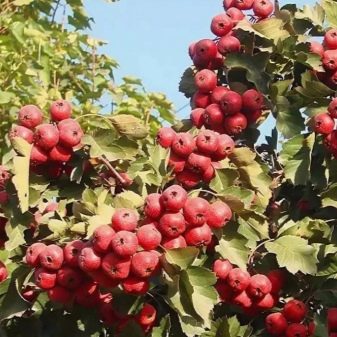

- Meat green. Another type of hawthorn. Differs in fruits of medium size. The shell is colored maroon, and the flesh itself has a green tint. The berries taste sweet, have some astringency. It is noteworthy that ripening occurs in June, but they do not fall off the branches until the end of summer.

- Canadian. Another varietal species of hawthorn. Distinctive characteristics are dense dense foliage, as well as rather large fruits.


These are not all varieties of garden hawthorn, but only the most popular of them. They are grown in almost all regions: in the south, in the northern regions, in central Russia, including in the Moscow region.
Landing
Large-fruited hawthorn belongs to the category of unpretentious cultivated plants. Hawthorn saplings take root best in spring, but you can plant them in autumn as well. In the latter case, this must be done 2 months before the first frost, that is, no later than the first days of September.
In order for the shrub to feel as comfortable as possible, it is recommended to allocate an elevated and not shaded place for it from the entire site. But a small shadow will not cause poor development. However, for a rich harvest, it is still better not to regret the sunny meadow.


In order to plant seedlings, it is recommended to dig holes about 80 cm deep. Drainage is necessarily created at the bottom. It can be made from broken bricks or small stones. You can fall asleep with a mixture of humus and sand. It should be dripped in with the same composition.
In the first days after planting, you need to water frequently. When the plant finally gets stronger, it is allowed to make watering less abundant. It is possible to transplant hawthorn to a new place only at a young age, namely: in the first 5 years after planting. Then the dug out bush will no longer take root in another area.
You can make several from one bush on your personal plot. Hawthorn breeding involves three main methods.
-
Cuttings.
-
Planting seeds.
-
Grafting.


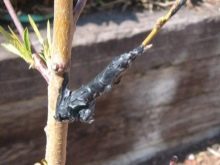
If seed propagation is chosen, then only the largest specimens should be used. They have an increased germination capacity. For 24 hours, the grains must be soaked in water, then wiped with sand and placed for another day in a 1% solution of potassium nitrate. After this treatment, the seeds are planted in small pots. It is allowed to transfer to open ground only when the sprout is finally strengthened.
For propagation by cuttings, you need to choose the roots, the thickness of which is 24-25 mm. They make 8 cm segments. At a slight angle, they are dropped into fertile soil so that no more than 2 cm remains on the surface. To create a greenhouse effect, cover with plastic wrap. This is necessary in order for growth to intensify. In the spring, cuttings must be separated from the main plant and planted in the selected area.
Garden forms most often reproduce through grafting. Almost any hawthorn plant can be used as a rootstock. The ideal option would be a two-year bush. The best time to get vaccinated is from July to August.


Care
Hawthorn does not require any special care. The process is standard and includes several points.
-
Intensive watering during dry periods.
-
Pruning dry and diseased branches in order to give a neat look to the shrub.
-
Formation of the correct bush.
In order not to harm the shrub, the fruits must be plucked very carefully, and even better cut with scissors.



In summer weather, it is enough to water the hawthorn bush once every 2-3 weeks. One bush will require about 10 liters of water. If the summer is dry, then the volume and frequency of watering can be slightly increased as the soil dries up. Spraying the leaves from a spray bottle is not required.
For to support the plant, you can sometimes feed it. Fertilizers are applied in the spring before the flowering period. Slurry is the best option. A 10-liter bucket is enough for each bush.
If the shrub is properly cared for, then it will form a beautiful crown on its own. In cases where it is cramped for him, the crown will take on an incomprehensible shape. To correct it, timely pruning is required. The procedure is carried out in the spring. It is recommended to remove dry branches.
If the shrub is varietal and is grown for the purpose of obtaining fruit, then it is recommended to carry out internal pruning. Otherwise, the branches will be located too close to each other, which will interfere with the development and formation of fruits.


Hawthorn care includes protection from diseases and all kinds of pests. Consider the most common shrub diseases.
-
Rust Is a fungal disease that appears as a result of an attack by rust fungi. First, the disease affects the leaves, and if it is not treated, it goes to the stem part. A vivid visual symptom is the appearance of red spots on the foliage that outwardly resemble rust. In order to get rid of the disease, it is recommended to carry out the treatment with copper sulfate or Bordeaux mixture. Before treatment, it is better to remove the diseased parts of the tree.
-
Powdery mildew, the main symptom of which is a spider web bloom on the leaves and shoots. In order to get rid of the disease, the diseased parts are removed, and then disinfectant treatment is carried out with such solutions as "Vector", "Cumulus" or "Skor". To consolidate the result obtained, additional spraying is carried out approximately 2 weeks after the first.
-
Brown spot - a disease no less common for hawthorn. The main symptom is the appearance of brown spots on the leaves. Bordeaux liquid or copper oxychloride solution is used as medicines for this case.



Sometimes hawthorn bushes are attacked by pests. One of the most common is the green apple aphid, which is attracted to hawthorn sap. If the invasion is large, then this is very harmful to the plant: the shoots are deformed, and the leaves fall off prematurely. In order to get rid of the pest, it is recommended to carry out the treatment with garlic or tobacco infusion.
Another pest that also feeds on sap is the apple scale insect. To destroy the pest, the plant is treated with "Karbofos" or "Fufanon".
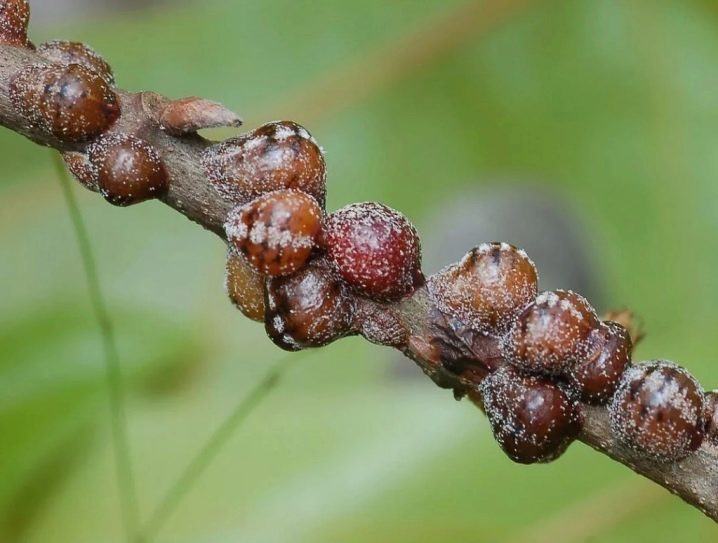
Sometimes shrubs are attacked by rose budworm. At the initial stage, the pest lays eggs under the bark of the plant. After a while, caterpillars appear from the eggs, which do the main harm. Their food is ovaries and buds, so caterpillars are able to reduce the amount of future harvest by several times. You can collect them in a jar and throw them far outside your garden plot, but it is better to spray the attacked plant with Chlorophos.
If you take care of the hawthorn bushes in a timely manner and correctly, you can get large, tasty and healthy fruits, as well as use the bushes as a decoration for your personal plot.

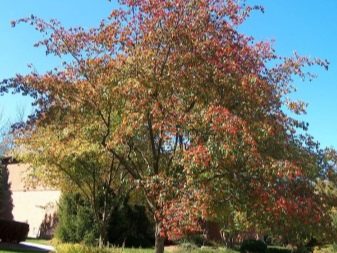



































































The comment was sent successfully.